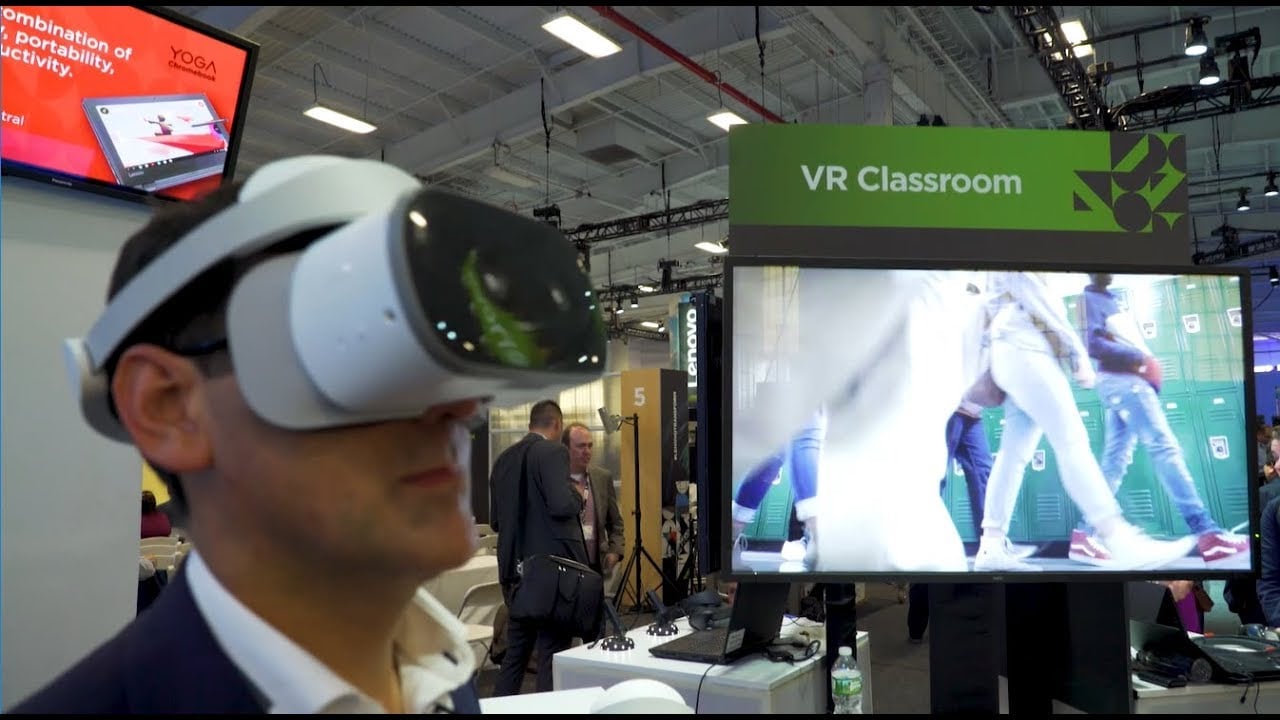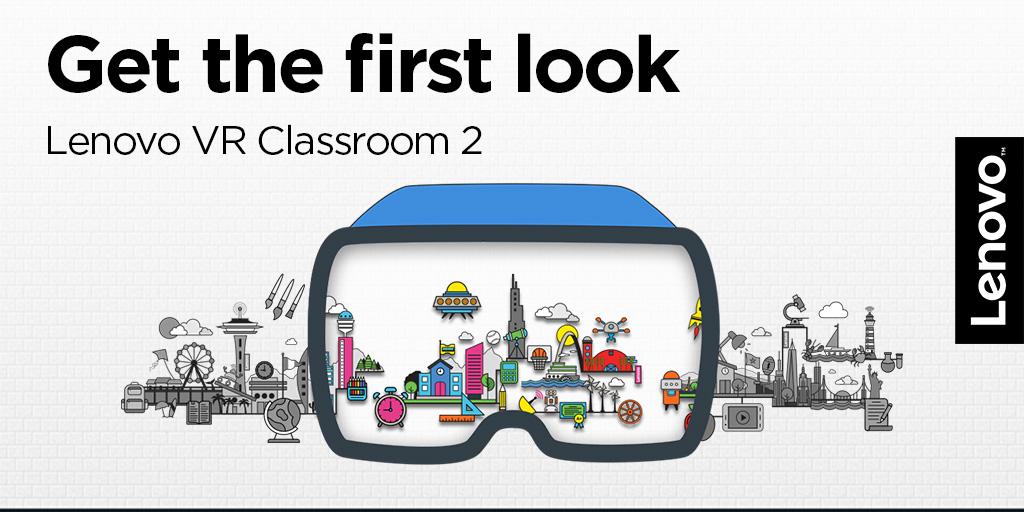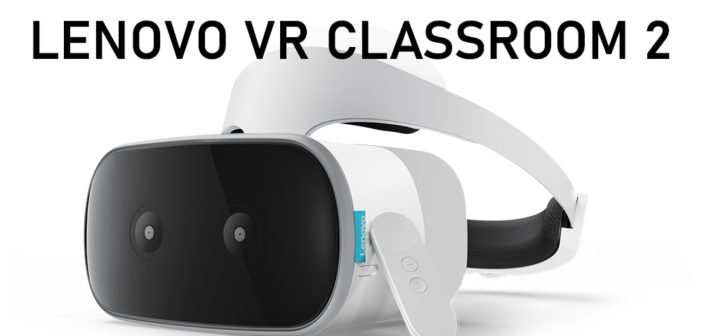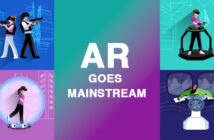Despite the failure of Google Daydream VR powered by the first-generation of VR Classroom, Lenovo is soldering on with the second generation.
We are used to seeing and interacting with VR as an entertainment platform. Today, game developers are using AR and VR to power next-generation MMORPG games. However, Lenovo has brought VR in education and the Lenovo VR Classroom 2 Kit will bring the taste of reality to all lessons inside the very classroom.
We first came face to face with Lenovo’s power to innovate with the standalone VR kit that the Chinese tech giant launched back in 2018. However, the Mirage Solo VR headset depends on the Daydream VR Platform by Google. 2020, is the time for Lenovo to shine alone!
What do we know about the Lenovo VR Classroom 2?
Lenovo has decided to progress with the development and launch of the VR Classroom 2 kit this year after swapping the Google Daydream VR platform with its very own ThinkReality platform.
The second innings of Lenovo VR Classroom will be powered by Android. Sadly, that is all Lenovo is willing to say officially about the mobile VR platform.

The Cost of VR Classroom 2
Just like the first generation of Lenovo’s VR classroom, the second generation will be a standalone headset with remote control. The hardware is mid-range and affordable. The Lenovo VR classroom kit price is not yet public, but one can expect it to be a bit costlier than the first-gen, which wore a price tag of $2899 for a 3-student pack.
According to some, the Lenovo class VR cost might also be lesser than the previous generation due to its retro tracking technology. The lack of room-scale tracking and the 3DOF controller-headset will keep the students at their desks. It will reduce the cost of production, packaging, and delivery, and contribute to an overall reduced price of the VR hardware.
The technology used in VR Classroom 2

The headset is popular as the Mirage VR S3 and it is powered by a Qualcomm Snapdragon 835 chipset. It will also have a 4200 mAh battery that uses a USB Type C charger. The Field of View is set to be 110-degrees. It will feature a 64 GB internal storage, expandable to 256 GB with a memory card, 1920 x 2160 display for each eye and a 75 Hz refresh rate. Bluetooth connectivity might also be there.
The new VR Classroom 2 kit includes a wireless controller, the state-of-the-art Lenovo Mirage VR S3, and a Bretford & SKB card case. The Lenovo ThinkReality and LANSCHOOL AIR are the choices of IT Admin and teacher MDM platforms for mobile device management of the new-generation VR Classroom kit.
How is the Lenovo VR Classroom 2 unique?
Experts opine that it is quite similar to the Mirage Solo. However, it is for a much younger audience (high school goers) around the ages of 13 to 17. Since it does not need PC or telephone connectivity, it will be quite convenient. The connectivity options and processor speed make it close kin of the Oculus Go. The only difference is the educational bent Lenovo adds to their standalone VR headset.
According to Lenovo, the headset will help both administrators and teachers navigate through the school curriculum holding the hands of virtual reality. The new Lenovo VR Classroom 2 kit will take the students where they have never been before.
When can we get our hands on the second generation of Lenovo VR Classroom?
There is no confirmed news on the Lenovo VR classroom 2 release date. The update about its development only came to the forefront after the company released the documents to the US Federal Communications Fee (FCC) submitting. It was considerably before Lenovo made social media announcements regarding their intentions to release the second generation of VR Classroom.
According to the latest reports, the VR classroom 2 might make its debut in the spring of 2020, which can be either March or April this year. However, there is no indication as to when it will launch globally.
How is their latest innovation helping redefine the Lenovo brand?
After the death of the Google Daydream VR platform, Lenovo has undertaken a new journey to establish itself as a trustworthy name in AR and VR product design. Lenovo is one of the few tech companies taking the first step towards inducting VR and AR in education. It will give the students “hands-on” experience and “real-life” training. Lenovo’s new tech will expand the horizons of learning for the specially-abled children and offer vocational training at more affordable prices to everyone.
The Chinese tech leader recently partnered with social media giant, Facebook, to create the Oculus Rift S. it has also launched a new prototype AR-capable headset for business travelers and Lenovo is currently working with Varjo, the Finnish AR/VR Company, to standardize and certify a line of 3D AR/VR workstations for high-res and high-end commercial VR headsets.




